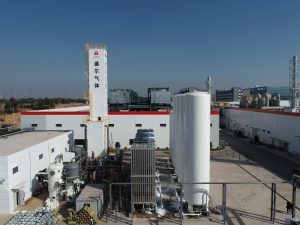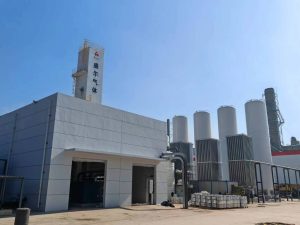Introduction
In modern cryogenic air separation units (ASUs), achieving high-purity oxygen and nitrogen depends on precisely controlling internal mass and heat flows within the distillation columns. Among the most critical design and operational parameters are the reflux ratio and boil-up ratio, which determine the balance between vaporization and condensation processes inside the column. Their correct adjustment defines the separation efficiency, energy consumption, and product purity of the entire plant.
Understanding how these ratios interact — thermodynamically and mechanically — is essential for any engineer engaged in oxygen-nitrogen separation. This article explains their principles, functions, and optimization strategies in cryogenic air separation systems.
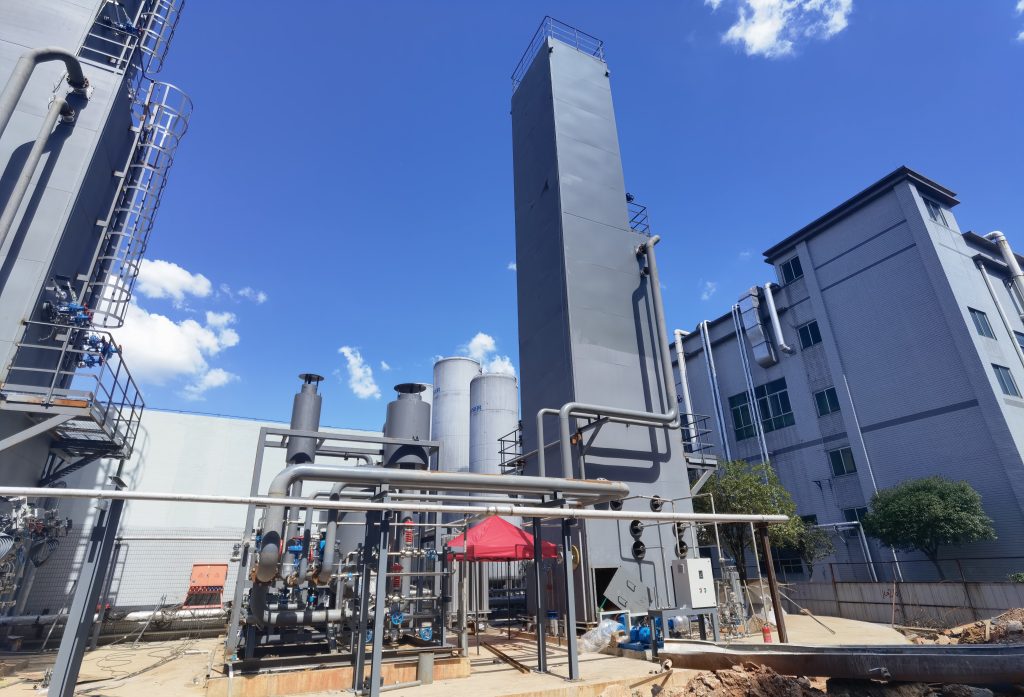
1. Fundamental Concepts
1.1 Reflux Ratio
Defined as the share of condensed liquid sent back to the top of the distillation column relative to the product vapor, the reflux ratio (R) sets the internal balance of the system. In a cryogenic air separation unit, the nitrogen column produces vapor at its upper section; some of it is condensed to liquid nitrogen and returned as reflux to keep temperature gradients and mass transfer in check. The rest leaves the column as the product nitrogen stream.
Mathematically:
R=LrefluxVproductR = \frac{L_{reflux}}{V_{product}}R=VproductLreflux
where LrefluxL_{reflux}Lreflux is the flow rate of returning liquid and VproductV_{product}Vproduct is the flow rate of gaseous nitrogen removed from the top.
A higher reflux ratio provides more liquid for contacting ascending vapor, improving mass transfer and resulting in higher nitrogen purity, but it also increases refrigeration load and power consumption.
1.2 Boil-up Ratio
Defined as the amount of vapor produced at the column bottom relative to the liquid draw, the boil-up ratio (V) governs the upward vapor flow. In the oxygen column, LOX is withdrawn at the base, and reboiler duty supplies the latent heat that generates vapor ascending the stages.
Mathematically:
V=VgeneratedLproductV = \frac{V_{generated}}{L_{product}}V=LproductVgenerated
A proper boil-up ratio ensures sufficient vapor-liquid interaction for efficient oxygen-nitrogen fractionation. Too little vaporization reduces oxygen purity; too much causes hydraulic instability and unnecessary energy use.
2. Thermodynamic Role in Cryogenic Air Separation
Because oxygen and nitrogen boil at different temperatures (−183 °C vs −196 °C), they can be separated at cryogenic conditions. Before the stream enters the cold end, the compressed air is dried and scrubbed of CO₂ and minor hydrocarbons so nothing solidifies or fouls equipment during low-temperature operation.
The clean air is then cooled in the main heat exchanger until part of the stream condenses into liquid. This two-phase mixture flows into a distillation system composed of a high-pressure (HP) and a low-pressure (LP) column, which are thermally linked through a condenser–evaporator assembly. This configuration allows efficient heat exchange between the two columns, maintaining the temperature gradient required for stable oxygen–nitrogen separation. This arrangement enables efficient heat exchange between the two columns and provides the thermal coupling required for stable cryogenic separation.
Inside the column, counter-current mass transfer occurs between rising vapor and descending liquid films.
- The reflux ratio determines the amount of descending liquid that enhances rectification of nitrogen.
- The boil-up ratio determines the amount of vapor rising from the reboiler, enriching oxygen in the lower stages.
The proper balance between these two ensures that the column operates near its minimum energy consumption point while meeting gas purity specifications.
3. Coupled Heat Exchange Between HP and LP Columns
In a typical double-column ASU, the HP column operates around 5–6 bar, while the LP column operates near 1.2 bar. The condenser-evaporator system between them transfers heat:
- The HP column’s overhead nitrogen condenses, providing liquid reflux for the LP column.
- The LP column’s bottom oxygen vaporizes, generating the nitrogen condenser’s cooling load.
HP and LP columns are tied together by the condenser–evaporator; reflux and boil-up cannot be tuned in isolation. If you push HP reflux to clean up nitrogen, expect less heat reaching the LP reboiler, lower boil-up, and a drop in oxygen recovery. Aim for a balanced setting across both columns to keep purity steady and the unit energy-efficient.
4. Energy Efficiency and Optimization
4.1 Trade-off Between Purity and Power
In practice, increasing the reflux ratio improves product purity but at a cost of higher compressor power and expander duty. Similarly, increasing the boil-up ratio raises oxygen yield but also increases the reboiler load. Process engineers aim to find the optimum ratio combination where the incremental purity gain equals the incremental energy cost.
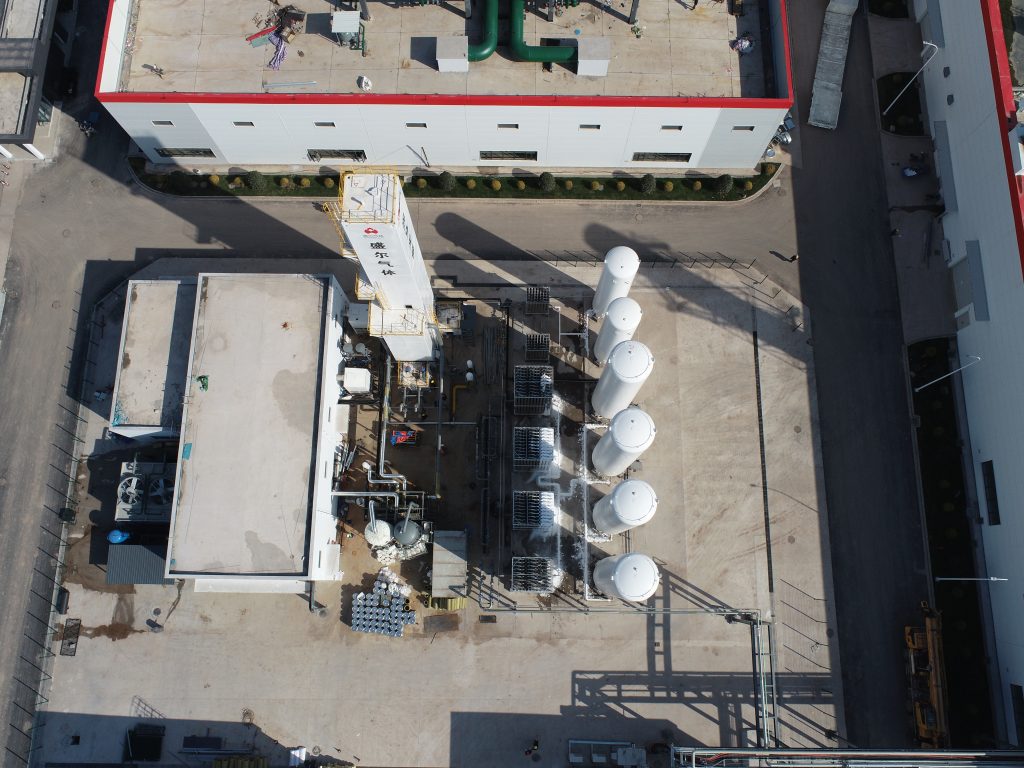
4.2 Process Simulation
Simulation programs such as Aspen HYSYS, PRO/II, and UniSim Design are essential tools for understanding how cryogenic air separation systems respond to different operating conditions. Before commissioning, engineers typically use these platforms to evaluate reflux and boil-up settings through virtual process models. This allows them to observe the formation of temperature gradients, the behavior of vapor–liquid interaction, and the resulting energy demand within the column. The insights gained from these studies help refine control parameters and strengthen operational planning, which in turn supports smoother start-up, improved energy utilization, and stable long-term plant performance.
4.3 Practical Ratio Ranges
Typical industrial ASU operation data:
- Nitrogen reflux ratio (R): 1.2 – 1.8
- Oxygen boil-up ratio (V): 1.1 – 1.6 Values outside these ranges may indicate improper control or heat exchanger imbalance.
5. Control and Instrumentation
5.1 Automatic Regulation
Modern cryogenic ASUs employ PLC-based control systems integrated with temperature, pressure, and level sensors. The system monitors real-time parameters such as:
- Column top and bottom pressures
- Liquid level in reboilers and reflux drums
- Temperature difference across the condenser-evaporator
Based on these signals, control valves automatically modulate reflux flow rate and reboiler heat input to maintain target ratios.
5.2 Dynamic Stability
Fluctuations in feed air flow or temperature can disturb the reflux-boil-up equilibrium. To maintain stability, proportional–integral–derivative (PID) controllers are configured to adjust:
- Reflux control valve position (fine control of nitrogen purity)
- Boil-up heater or expander load (adjustment of oxygen purity)
Advanced plants may integrate model predictive control (MPC) for optimizing dynamic response and minimizing energy consumption.
6. Impact on Product Purity and Yield
6.1 Oxygen Purity
The oxygen column’s boil-up ratio largely determines the separation sharpness between oxygen and argon. An insufficient boil-up ratio leads to argon contamination and lower purity (< 99.6%), while excessive boil-up wastes energy and increases internal pressure drop.
6.2 Nitrogen Purity
Nitrogen purity at the top of the column strongly depends on the reflux ratio. More reflux provides a cleaner separation but reduces available liquid nitrogen inventory and increases duty on the main heat exchanger. For high-purity nitrogen (≥ 99.999%), precise reflux regulation and efficient plate-fin heat exchanger performance are indispensable.
6.3 Argon Recovery
When an argon side column is installed, don’t treat reflux and boil-up as independent knobs—argon yield depends on both. Keep main-column reflux steady so the side column sees a consistent argon feed; you’ll recover more argon and avoid pushing contaminants back into the oxygen line.
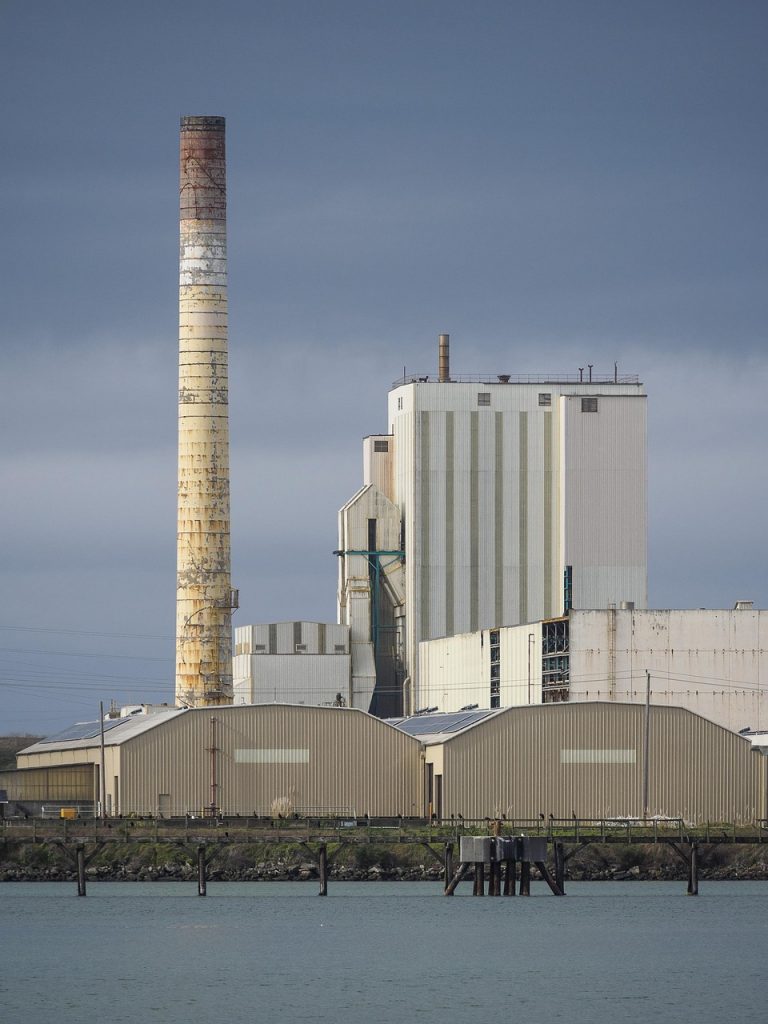
7. Engineering Design and Equipment Considerations
7.1 Column Internals
To achieve efficient oxygen–nitrogen separation, use structured packing or high-efficiency sieve trays to enhance vapor–liquid contact; ensure the hydraulic design tolerates variable reflux loads without flooding or weeping.
7.2 Condenser-Evaporator Design
The condenser-evaporator acts as the thermodynamic heart of the ASU. Its surface area and heat-transfer coefficients directly affect the ability to sustain reflux and boil-up ratios. Modern designs employ aluminum plate-fin heat exchangers with high fin density to maximize cold energy utilization.
7.3 Insulation and Cold Box Efficiency
Maintaining cryogenic temperatures requires excellent thermal insulation. Vacuum-perlite or multi-layer insulation minimizes heat ingress, helping to keep reflux and boil-up conditions stable over long continuous operation periods.
8. Typical Operating Problems and Solutions
During continuous operation of a cryogenic air separation unit, several process issues may develop that affect gas purity and stability.
A drop in oxygen purity usually results from inadequate boil-up or excessive reflux, which weakens vapor–liquid separation efficiency in the oxygen column. The situation can be corrected by gradually increasing reboiler heat duty and adjusting the reflux flow until the desired oxygen specification is achieved.
Variations in nitrogen purity typically signal weak reflux control or a temperature imbalance in the condenser. To restore steady separation conditions, check condenser performance, verify control valve operation, and recalibrate sensors.
A noticeable increase in energy consumption typically means the reflux or boil-up ratios are set higher than necessary. Process data should be reviewed and operating parameters optimized to maintain purity targets with lower power demand.
Column flooding typically stems from an excessive liquid load or a partial obstruction across trays/packing. Recover normal operation by reducing the reflux rate, inspecting internal components, and cleaning or replacing fouled or damaged parts.
9. Future Developments
Advances in digital twin technology now enable engineers to replicate the dynamic behavior of reflux and boil-up processes using live plant data and predictive analytics. When integrated with intelligent control systems, these models allow cryogenic air separation units to respond automatically to variations in operating load, keeping the process within optimal energy and purity ranges.
In parallel, ongoing research into cryogenic–membrane hybrid systems aims to improve overall process efficiency. By pre-enriching the air feed before it enters the distillation section, the hybrid design reduces separation duty and lowers the required reflux and boil-up ratios, while still achieving consistent oxygen and nitrogen product quality.
Conclusion
At the core of cryogenic air separation lies the balance between reflux and boil-up ratios. These two parameters shape the internal behavior of the distillation system and ultimately decide how effectively oxygen and nitrogen are separated. When managed properly, they not only improve gas purity and energy performance but also contribute to the long-term reliability of the unit. In real operation, maintaining this balance is rarely a single-parameter adjustment—it depends on accurate instrumentation, continuous monitoring, and the operator’s understanding of process response. As digital modeling and automatic control become standard features in modern ASUs, plants are now able to sustain stable performance, delivering high-purity gases with lower power demand and greater consistency.
For Sheng Er Gas, continuous refinement of reflux and boil-up control is a core part of its engineering philosophy. By integrating proven cryogenic technology with energy-efficient design, Sheng Er Gas delivers reliable, high-performance air separation systems that meet the demanding standards of global industries — including steelmaking, petrochemicals, and electronics.


